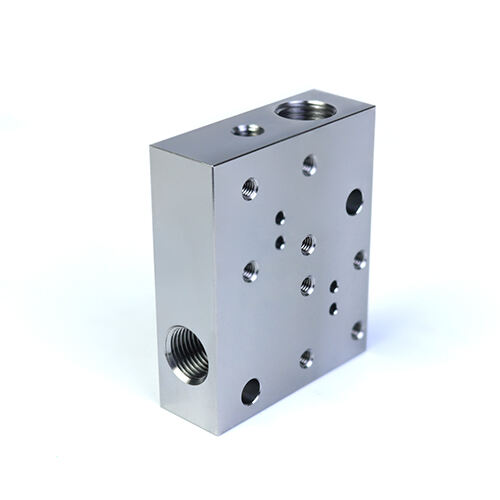Ó Mhaisín Dhubh go Pláta Oibrithe: Conas a Déantar Plátaí Éadain
Plátaí cruach is iarrachtaí bunúsacha i go leor tionscail—ó thógáil agus adhmadóireacht long do mhaisithe móra agus bunreatha fuinnimh. Faoi dheireadh a n-úsáid coitianta, fanann na próisis casta atá taobh thiar de a ndéantús go mórán gan fheiceáil. Briseann an alt seo síos ar an siúlóid a thagann pláta airgid trí dhrumhaíocht éagsúla, ag magadh conas a thiontúiltear mírchaighdeáin chóir ina dtáirgí oiriúnaithe, láidre trí theicnícuí casta meiteallairgeacha agus innealtóireacht reoirt. druimneacht pláta airgid míniú conas a thiontúiltear mírchaighdeáin chóir ina dtáirgí oiriúnaithe, láidre trí theicnícuí casta meiteallairgeacha agus innealtóireacht reoirt.

Modh eolaíochta
1. Roghnú agus Ullmhúchán Míre
Tosaíonn an próiseas le mírchaighdeáin: iarann, gual, agus cloch chalcaigh. Meiltar iad i sothuileán leágha chun iarann leáithe a dhéanamh, a thiontúfar ansin ina haerach i sothuileán ocsaigine bhunscothaithe nó sothuileán leictreach. Cuireann ábhair comhdháile mar charbón, manganás, agus nicil leis chun airíonna meicniúla áirithe a bhaint amach.
2. Casadh Leanúnach
Castar an crómha leachtach i slabaí leath-dhifriúla ag baint úsáide as maonlann casta leanúnach. Léiríonn an modh seo aonfhoirmeacht sa mheánstruchtúr agus laghdaíonn easpaistí. Ansin gearrthar na slabaí go dtí na fadanna riachtanacha le haghaidh próiseála breise.
3. Róláil The
Teastaítear arís na slabaí go dtí thart ar 1200°C agus scaoileann siad tríd sraith míle rólaíochta. Laghdaíonn an próiseas seo an tiubhais, feabhsaíonn an dlús, agus caithreann sé struchtúr an ghrian. Monatóraíonn córais smaointe chun cinn teocht agus díshaotharlú i ndáiríre chun aonfhoirmeacht a chinntiú.
4. Cóireáil Teasa
De réir an ráta agus an úsáide bhféadfadh plátaí dul tríd chionorthú, glanadh, teasáil nó fuarú luathaithe. Feabhsaíonn na cóirí seo neart, crua, agus inbhuanaitheacht.
5. Tástáil agus Inspeictheadh
Cuirenn tástálacha neamh-phianúla (fuaimneach, foinseach) agus tástálacha meicniúla (tanaí, tionchair, crua) i bhfeidhm ar na plátaí críochnaithe chun comhlacht le caighdeáin idirnáisiúnta cosúil le ASTM, EN, nó JIS a fhíorú.
Torthaí agus Anailís
Ligeann teicneolaíochtaí nua-aimseartha do thógáil éadain le rialú cruinn ar chomhdhéanamh ceimiceach agus ar struchtúr mheaisce, ag cruthú plátaí le neart agus fáthúlacht níos fearr. Mar shampla, cuireann próiseáil rialaithe teirm-mheicniúil (TMCP) in ann táirgtheacht a dhéanamh ar éidil íseal-alcasach (HSLA) ard-nearta le lárthuile dáileáin íseal, ag feabhsú comhbainteacht gan gualacht a chailliúint.
Taispeánann anailís comparáideach go bhfuil fiabhras níos fearr agus saol tuirse níos fearr ag plátaí a táirgtear ag baint úsáide as na modhanna seo i gcomparáid le plátaí a próiseáladh go traidisiúnta.
Comhrá
Tugadh isteach uathleanú agus córais fhianaise fionnaimsireacha atá ag méadú ar fheidhmiúlacht agus ag laghdú ar earráidí daoine go suntasach. Fós féin, fanann dúshláin ann chun cothromaíocht a chinntiú ar fud loingse móra agus comharthóireacht fuinnimh a laghdú go minic. B’fhéidir go mbeidh forbairtí amach anseo bunaithe ar AI chun oibriú i bhfeidhm agus teicneolaíochtaí déanta níos glaine.
Críoch
Tugann an trasdhlúthú ó ábhar cúlú go dtí pláta éadroma éifeachtach leis an réimse ar fad de mheiteallairge, innealtóireacht agus cinntiú cáilíochta. Trí chaighdeáin tháirgeála daingthe a leanúint agus nuashonruithe teicneolaíochta a úsáid, is féidir le monaróirí táirgí a sholáthar chun freastal ar na héilimh atá ag forbairt sa tionscal nua-aimseartha.


